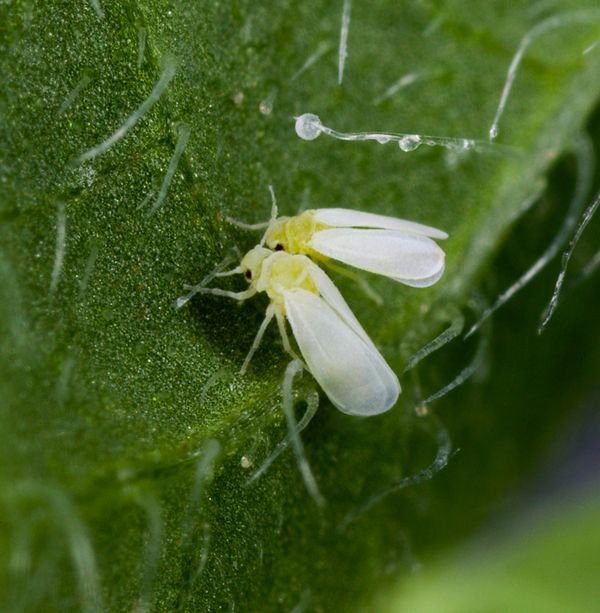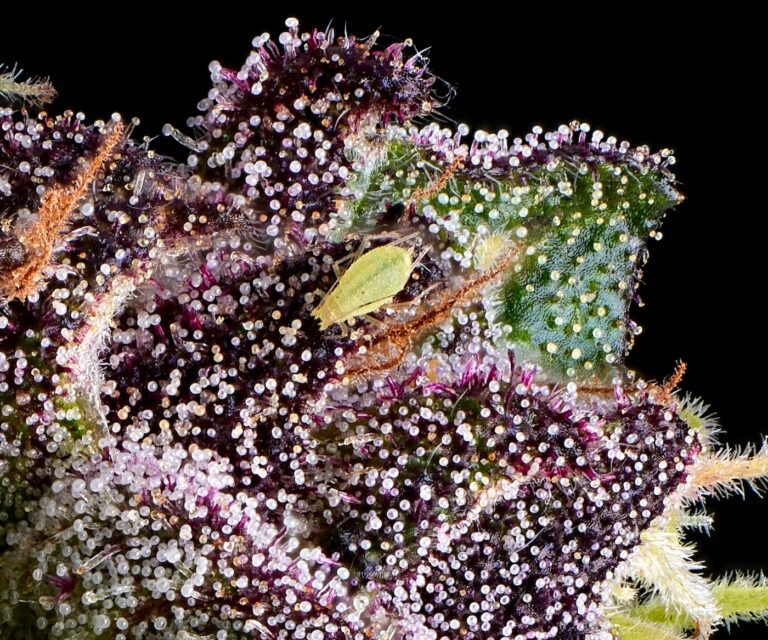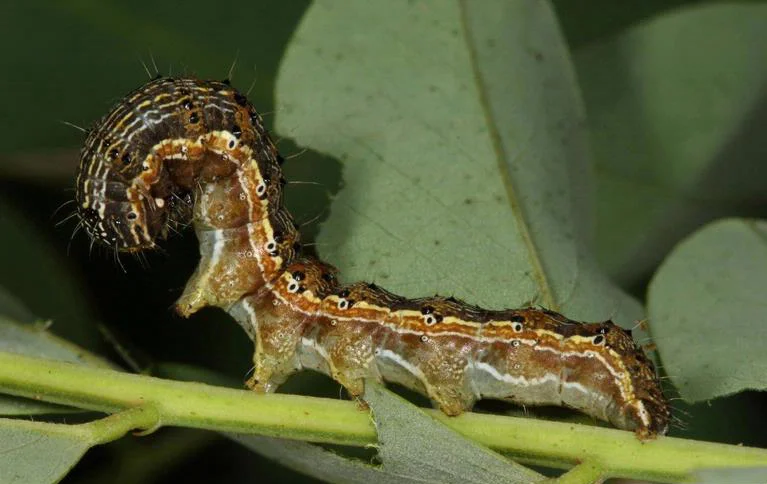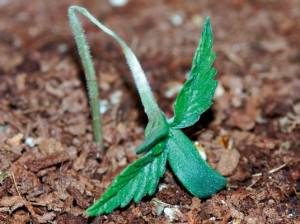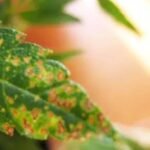They are small, whitish flies about 2 mm long with a pair of wings that serve as transport. They are usually found on the back of the leaf.

Whitefly Reproduction
They reproduce by laying 180-200 eggs on the underside of leaves each egg laying. The eggs are almost microscopic and yellowish-white color. They have four generations per year, depending on climatic and hygiene conditions. Indoors and in greenhouses, they can produce up to ten generations per year, making them a serious pest.

Whitefly infection Symptoms and Damage
The symptoms of whitefly attack include chlorosis, a yellowing of the leaves. The leaves dry out, usually starting at the edges, and then fall off the plant. This slows down its development and worsens its overall condition.
In addition to the symptoms caused directly by their sap-sucking action, others are related to the honeydew secreted by these flies, which promotes the appearance of Sooty Mold, a black fungus that stains the leaves and weakens the photosynthetic process.
As a flying insect with great mobility, whiteflies can cause serious damage to a plantation, not only due to their sap-sucking action, but also due to the various diseases they can infect plants with.
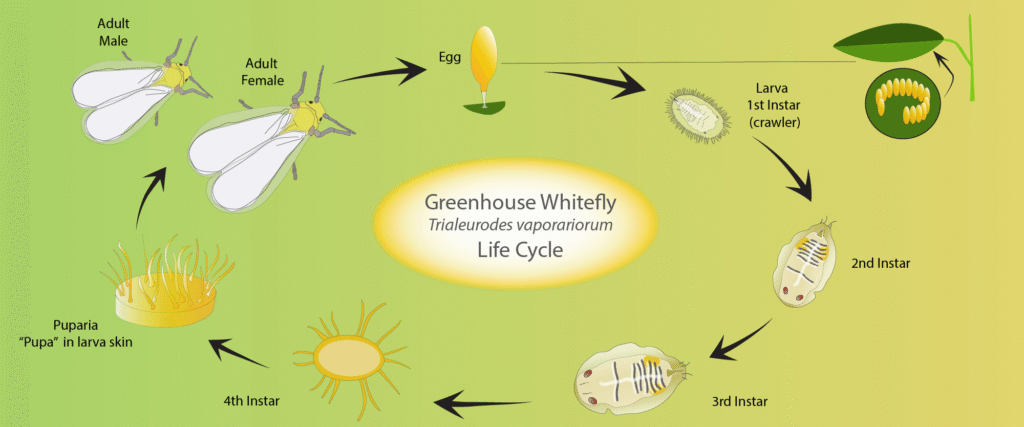
Control and Prevention
Prevention is essential to reduce the chances of attacks and infections. We can alternate our plants with others, creating a partnership of beneficial plants. For example, growing marigolds, carnations, mint and basil will help prevent the appearance of whiteflies, as the scent repels them.
Always check the undersides of leaves for adult flies or larvae, and also use an organic insecticide every few days, such as potassium soap with neem oil, diatomaceous earth, and yellow traps, where flies will stick if they appear.



